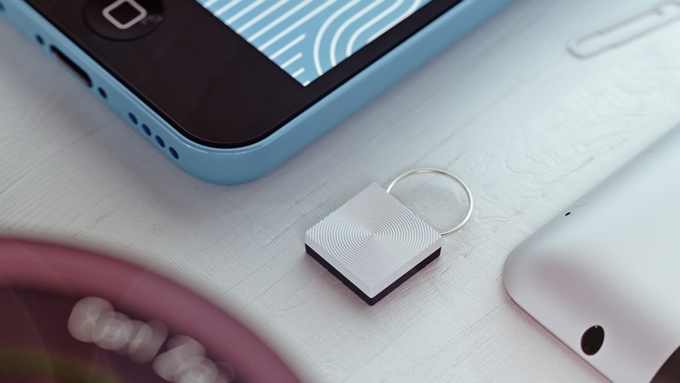
Ripple looks like a small padlock, but if you click the center button once you’ll immediately receive a call from the Ripple support team. If there is a legitimate emergency, the support team acts as an intermediary to contact the relevant authorities. But you can also contact them if you’re feeling particularly vulnerable on your walk home.
When setting up your Ripple, you can choose to enter information such as your picture, physical description, allergies, medical conditions, any current medications you’re taking, and more. The benefit of using Ripple as the intermediary instead of just dialing 911 is that you won’t need to waste time by detailing this sometimes critical information as the support team will already have the information pulled up.
But for moments when you can’t answer the phone, tap the Ripple three or more times. This is for emergency situations — when you build your profile you have to specify what action you want the support team to take when the Ripple is pressed repeatedly. You can either specify them to call your phone, or send an ambulance or police to you. The Ripple team will have your location via your phone’s GPS, allowing them to direct the relevant first-responders to you.
The Ripple is water-resistant, and the size of a penny. It uses Bluetooth to pair with your smartphone, and as the battery lasts up to six months, you never need to charge it. When you’re out of juice, the company will send you a replacement for free.
Ripple is able to provide this 24/7 support team thanks to a partnership with Tunstall, a connected health-care platform — but the support team isn’t free. While the company is offering free subscriptions for Kickstarter backers, 24/7 service will likely require a monthly subscription fee.
You can order a Ripple on Kickstarter now for $49, but that only nets you three months of the Ripple support service. The $129 option gives you a year of 24/7 service. The company is looking to raise $50,000 on Kickstarter, and if it succeeds, the product is expected to ship in April.


